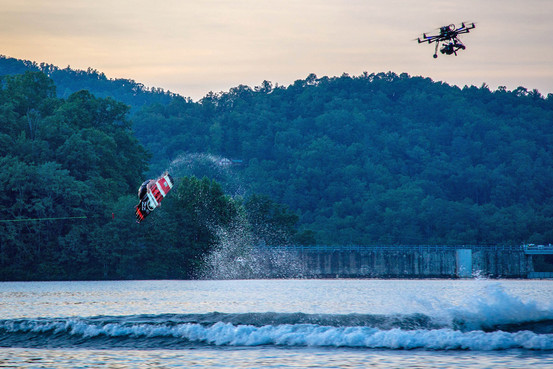FAA, Drones Clash on Rules for Unmanned Aircraft
< < Go Back
Near-Collision With Commercial Jet Adds Urgency, but Industry, Regulators at Odds Over Enforcement.
The near-collision between a drone and a commercial jet over Florida has added urgency to efforts by regulators to impose new rules on the proliferation of unmanned aircraft.
Across the U.S., drones monitor crops, snap real-estate photographs, inspect roofs, shoot commercials and perform other tasks, according to people in the unmanned aircraft industry.
Pilots of those drones are defying seven-year-old restrictions on commercial unmanned aircraft by the Federal Aviation Administration, which has said the curbs are needed for public safety. But limited resources and legal complications have led to scattershot enforcement by the agency, emboldening even more drone operators.
The risks caused by the increase in unmanned flights were underscored by the agency’s revelation last week that a pilot of an American Airlines Group Inc. regional jet told officials in March that he nearly hit a drone about 2,300 feet above the ground while approaching a Tallahassee, Fla., airport.
The drone’s flying altitude was unusually high, since the FAA requires small types of unmanned aircraft to remain below 400 feet. Based on the description, the drone appeared to be a small model aircraft, but a senior FAA official warned that the drone could have done serious damage, such as if it were sucked into a jet engine.
Some proponents of unmanned aircraft worry that the near-collision could spark a public backlash and perhaps spur U.S. and state regulators to impose tougher restrictions than drone users claim are necessary.
The FAA plans to propose in November, several years later than initially projected, new rules on how small drones could be used legally for commercial purposes. It could take several more years for the rules to become final.
Jim Williams, head of the FAA’s unmanned-aircraft office, said last week that those rules will “ensure that risks are managed appropriately.” The issue “can’t get any more important to the FAA than it is today,” he said. “But unfortunately, the regulatory process is very slow and deliberative.”
An FAA spokeswoman said that to protect “people in the air and on the ground,” introducing drones into U.S. airspace “must take place incrementally and with the interest of safety first.”
More From The Wall Street Journal (subscription required):




